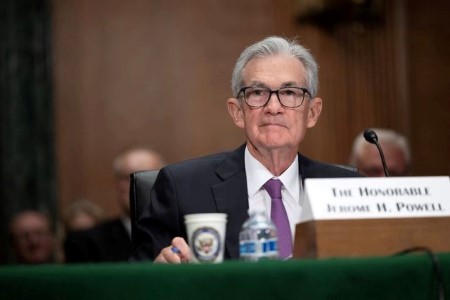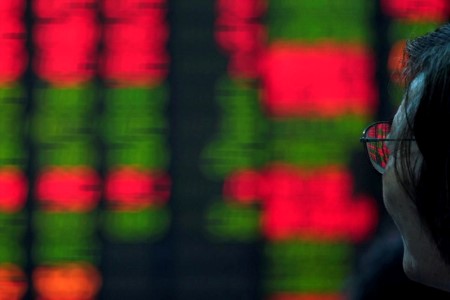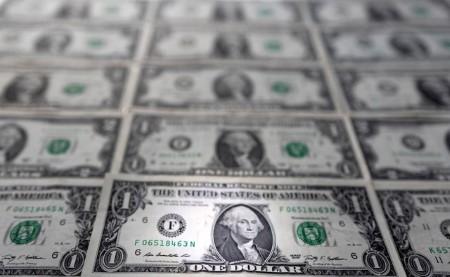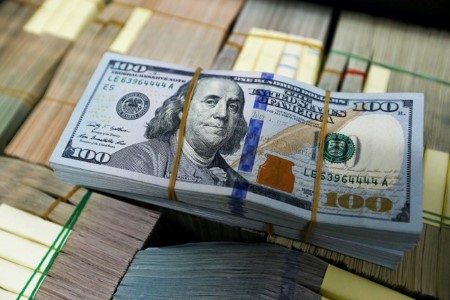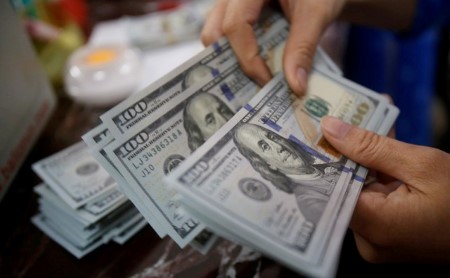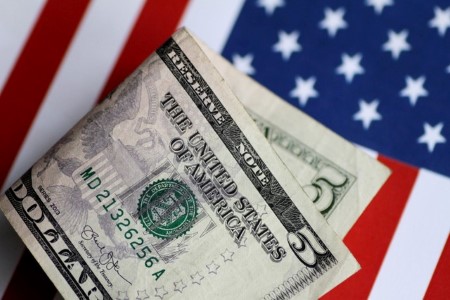WASHINGTON, March 7 – Federal Reserve Chair Jerome Powell said on Thursday the US central bank was “not far” from gaining the confidence it needs in falling inflation to begin cutting interest rates.
“I think we are in the right place,” Powell said of the current stance of monetary policy in a hearing before the Senate Banking Committee. “We are waiting to become more confident that inflation is moving sustainably down to 2%. When we do get that confidence, and we’re not far from it, it will be appropriate to begin to dial back the level of restriction so that we don’t drive the economy into recession.”
The comment showed Powell’s faith that recent higher-than-expected inflation readings and other strong economic data won’t interrupt the ongoing decline in price pressures that took root last year.
The Fed chair has been reluctant to declare the inflation battle finished, and cautioned in testimony to the Senate panel, as he did Wednesday before the House Financial Services Committee, that further progress back to the Fed’s 2% target was
not assured.
The most recent data showed headline inflation, as measured by the Fed’s preferred Personal Consumption Expenditures price index, at 2.4%, with a related measure of underlying inflation at a slightly higher 2.8%.
But both have been “coming down sharply since the middle of last year,” Powell said. “We’ve got a ways to go on that, but we’ve made a lot of progress.”
Yields on 2-year Treasury notes fell slightly after Powell’s remarks, and investors firmed bets that an initial Fed rate cut would occur in June.
The central bank next meets on March 19-20, and will issue a new policy statement as well as updated rate and economic projections that should shed more light on policymakers’ expectations for the year.
Powell’s appearance before the Senate committee and a House panel on Wednesday, as is often the case in the twice-yearly round of hearings, was dominated less by monetary policy and more with an ongoing debate about Fed bank regulatory proposals, as well as a host of other issues, including housing policy and whether the Fed would issue a central bank digital currency.
But Powell’s update on monetary policy kept intact the sense that the central bank is nearing the point where the current policy rate of interest, held at a more than 20-year high since July in a range between 5.25% and 5.5%, will be lowered in the months ahead.
Pressed at the start of the hearing by the panel’s chair, Ohio Democrat Sherrod Brown, on why the Fed was not quicker to cut rates “to prevent workers from losing their jobs,” Powell said that was a top-of-mind concern, while nodding also to the economy’s resilience.
“We’re well aware of that risk, of course, and very conscious of avoiding it,” Powell said. “If what we expect and what we’re seeing – continued strong growth, strong labor market, and continuing progress in bringing inflation down – if that happens, if the economy evolves over that path, then we do think that the process of carefully removing the restrictive stance of policy can and will begin over the course of this year.”
(Reporting by Howard Schneider; Editing by Andrea Ricci)



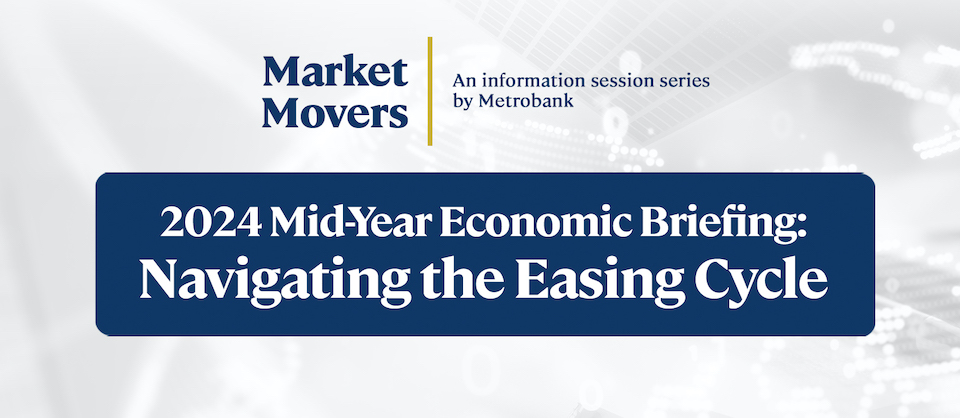



 DOWNLOAD
DOWNLOAD




